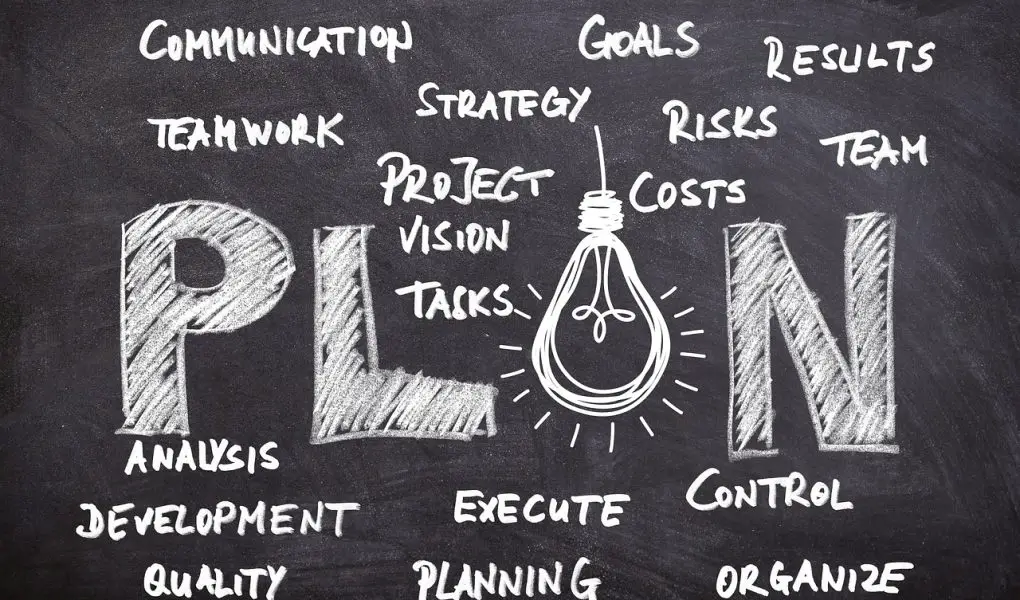As businesses grow, onboarding new team members can be a challenging task. It’s important to get new team members up to speed quickly so that they can start contributing to the organization as soon as possible.
Additionally, effective communication with clients is crucial to maintaining strong relationships and ensuring that projects are completed successfully.
One tool that can be used to help with both of these tasks is ChatGPT, a language model trained by OpenAI.
ChatGPT is an AI-powered chatbot that can assist with a wide range of tasks, including answering questions, providing guidance, and even carrying out basic tasks.
By integrating ChatGPT into your team’s onboarding process and client communication, you can streamline these processes and make them more efficient.
In this blog post, we’ll discuss how to integrate ChatGPT to help with team onboarding and client communication.
Team Onboarding.
Onboarding new team members is a crucial part of building a successful organization. However, it can also be a time-consuming process.
By integrating ChatGPT into your onboarding process, you can help new team members get up to speed more quickly and efficiently.
Here are a few ways to use ChatGPT for team onboarding:
- Answering questions: New team members are likely to have many questions during their onboarding process. By setting up a ChatGPT bot that can answer common questions, such as “What is the company culture like?” or “What are the company’s core values?”, you can save time and ensure that new team members have access to the information they need.
- Providing guidance: In addition to answering questions, ChatGPT can also provide guidance on specific tasks or processes. For example, if a new team member is struggling with a particular software tool or process, ChatGPT can provide step-by-step instructions to help them overcome the issue.
- Onboarding tasks: ChatGPT can also be used to automate certain onboarding tasks, such as setting up new accounts or sending welcome emails. By automating these tasks, you can save time and be sure that new team members have everything they need to get started.
Client Communication.
Effective communication with clients is essential to building strong relationships and ensuring that projects are completed successfully.
By integrating ChatGPT into your client communication strategy, you can provide quick and efficient responses to client inquiries and ensure that clients have access to the information they need. Here are a few ways to use ChatGPT for client communication:
- Answering common questions: Clients may have common questions about your products or services, such as “What are your pricing options?” or “What is the turnaround time for this project?” By setting up a ChatGPT bot that can answer these questions, you can provide quick and efficient responses to clients and ensure that they have the information they need.
- Providing support: If a client is experiencing an issue with your product or service, ChatGPT can provide support by guiding them through the troubleshooting process or connecting them with a customer service representative.
- Streamlining communication: ChatGPT can also be used to streamline communication with clients. For example, you can set up a ChatGPT bot that sends automated emails to clients at specific points in the project lifecycle, such as when a milestone is reached or when a task is completed.
Best Practices for Using ChatGPT for Team Onboarding and Client Communication.
While ChatGPT can be a valuable tool for team onboarding and client communication, there are a few best practices to keep in mind to ensure that it is used effectively:
- Personalization: While ChatGPT can provide quick and efficient responses to common questions, it’s important to personalize the experience as much as possible. For example, you can set up ChatGPT to use the new team member’s name when responding to their questions, or to reference specific details about a client’s project when communicating with them.
- Training: It’s important to train team members on how to use ChatGPT effectively. This includes understanding its capabilities, how to access it, and when to escalate a question or issue to a human team member.
- Monitoring: It’s important to monitor the effectiveness of ChatGPT over time to be sure that it’s providing value to the organization. This includes tracking metrics such as response time, user satisfaction, and the number of inquiries that are successfully resolved through ChatGPT.
- Transparency: When using ChatGPT to communicate with clients, it’s important to be transparent about the fact that they are communicating with an AI-powered bot. This can help to build trust with clients and ensure that they understand the limitations of the tool.
- Human interaction: While ChatGPT can be a valuable tool for team onboarding and client communication, it’s important to remember that it should not replace human interaction entirely. It’s important to have human team members available to answer complex questions or issues that cannot be resolved through ChatGPT.
Conclusion.
Integrating ChatGPT into your team’s onboarding process and client communication can help to streamline these processes and make them more efficient.
By using ChatGPT to answer common questions, provide guidance, and automate tasks, you can save time and ensure that new team members and clients have access to the information they need.
However, it’s important to keep best practices in mind, including personalization, training, monitoring, transparency, and human interaction, to ensure that ChatGPT is used effectively and provides value to the organization.




